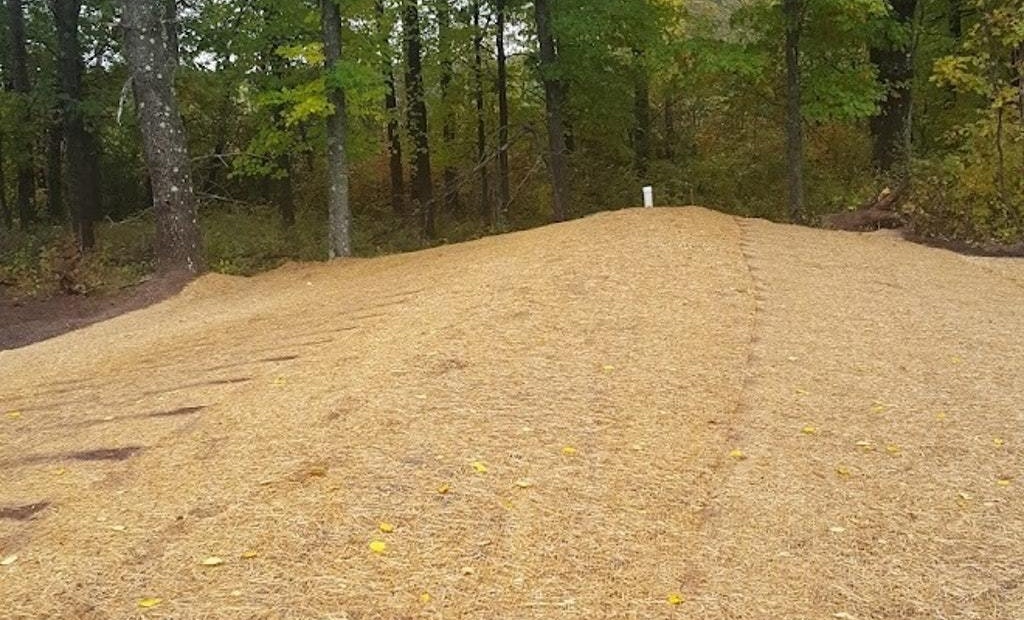For those of us who live in colder climates, winter is right around the corner. Both during construction and with existing systems there are measures that can be taken to reduce the likelihood that systems will freeze.
In a past article we discussed insulating piping and...






